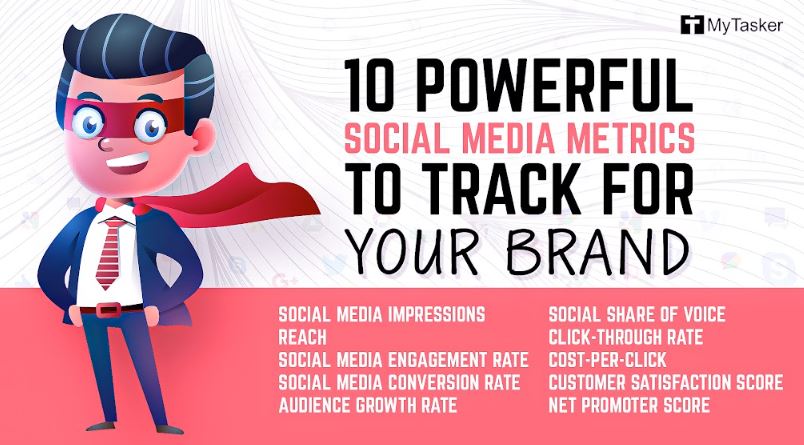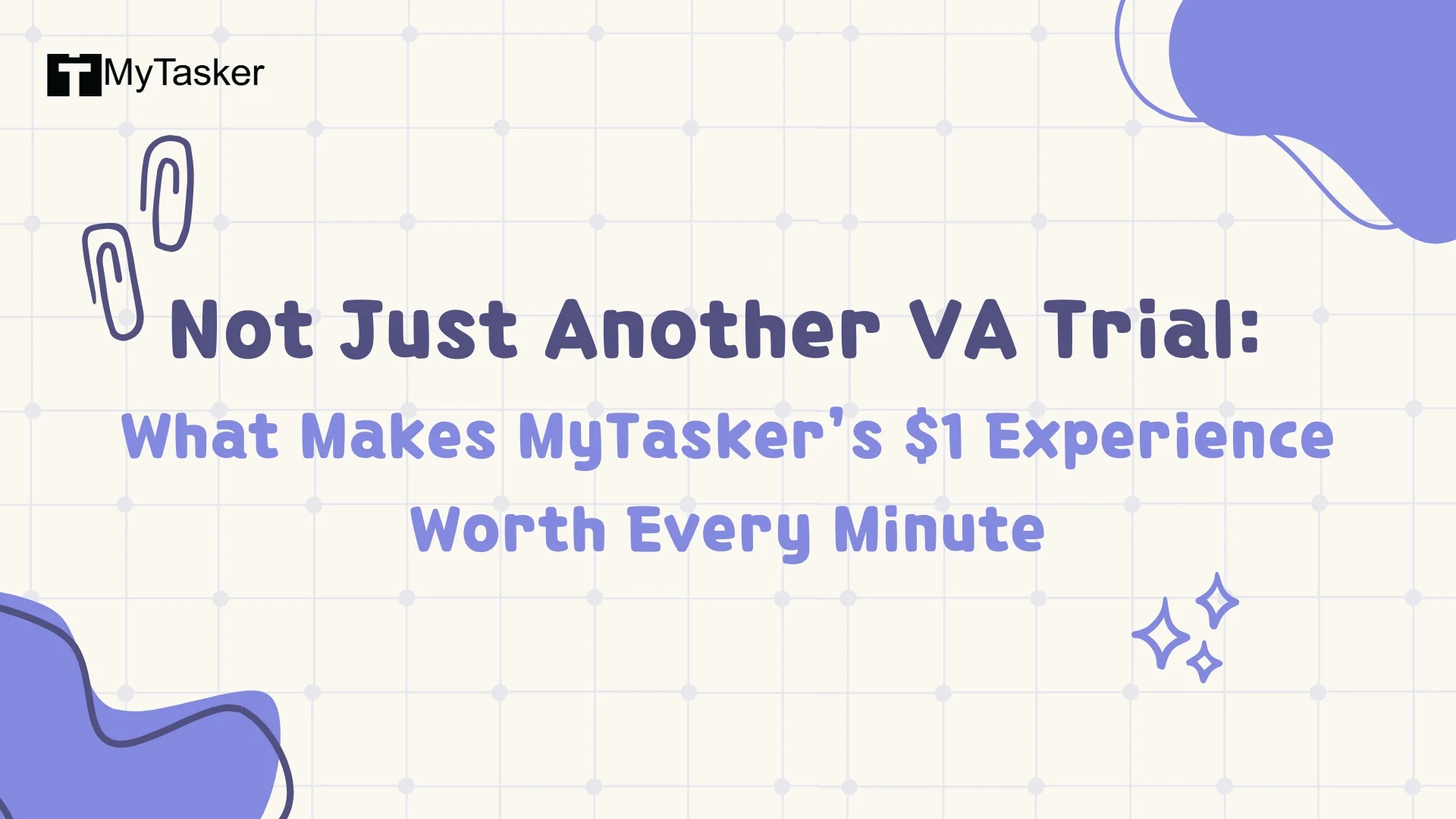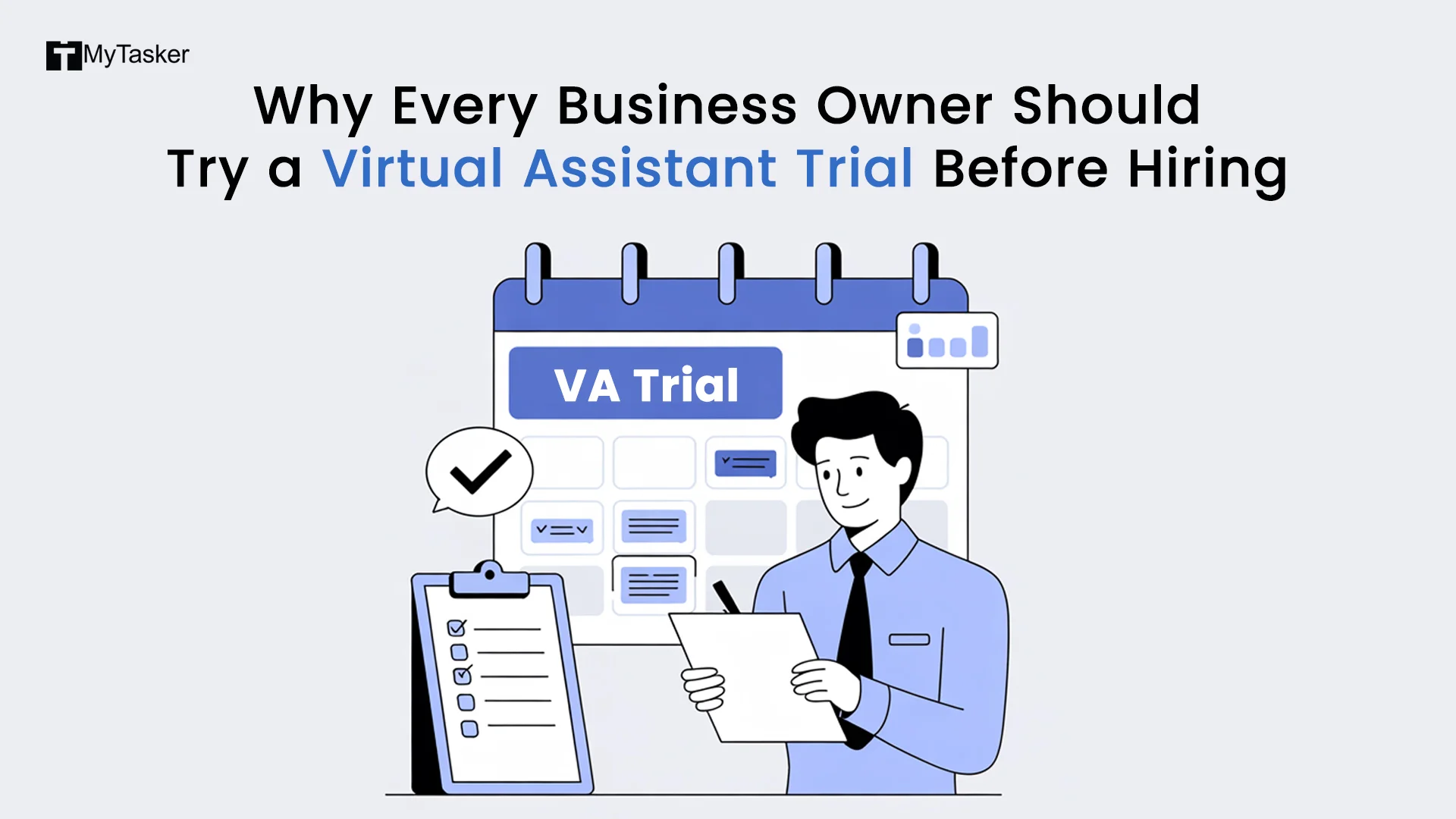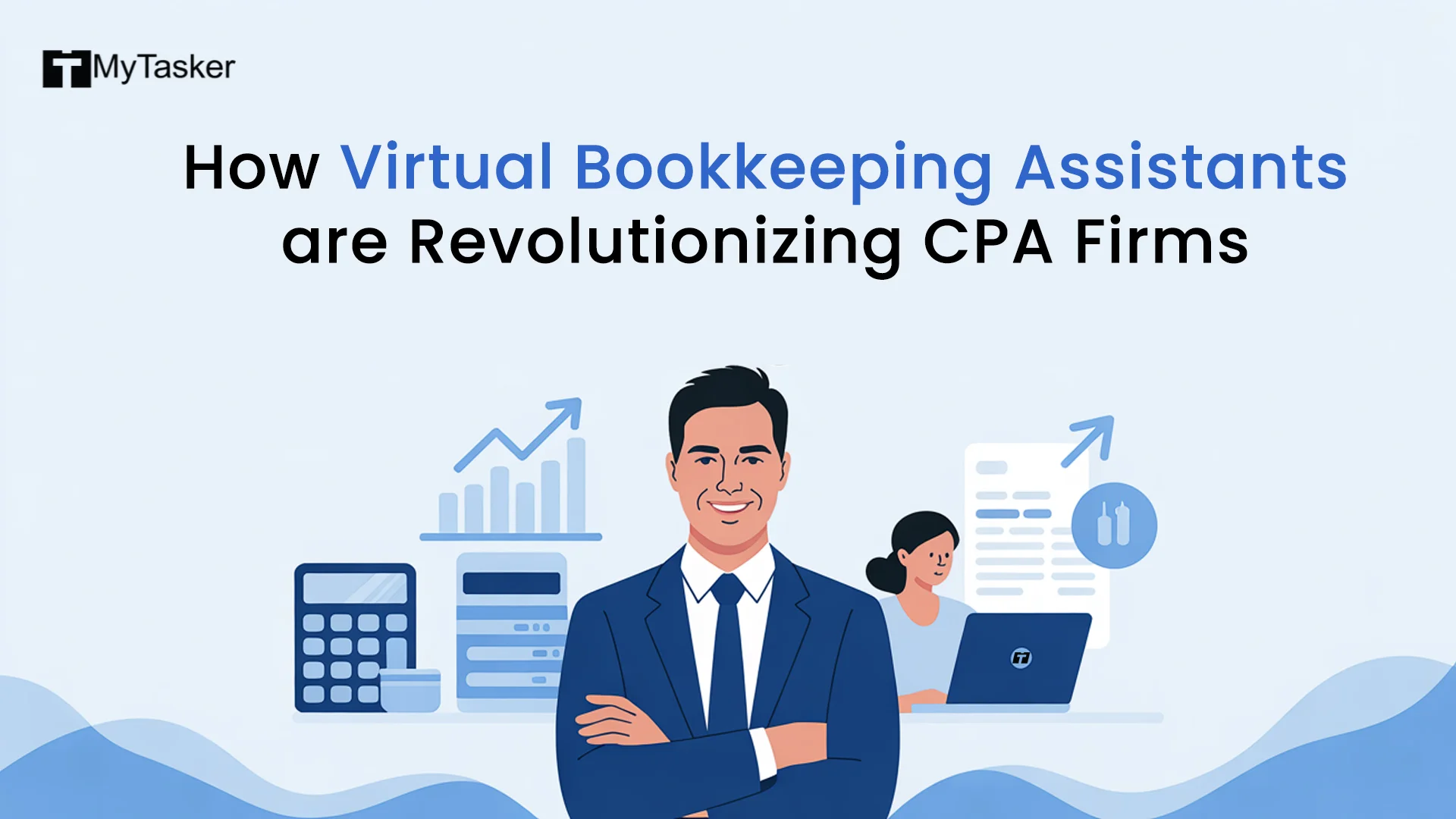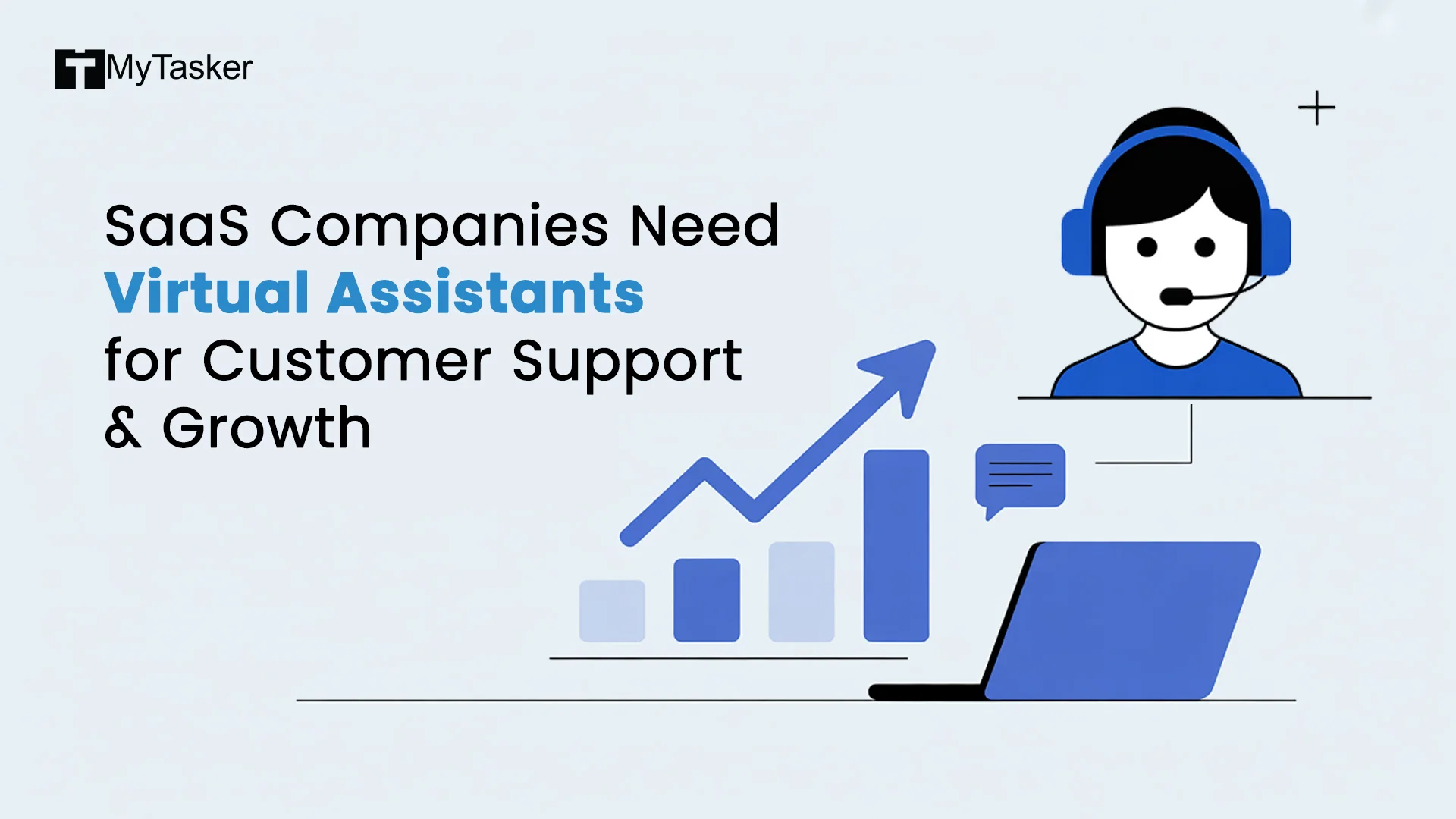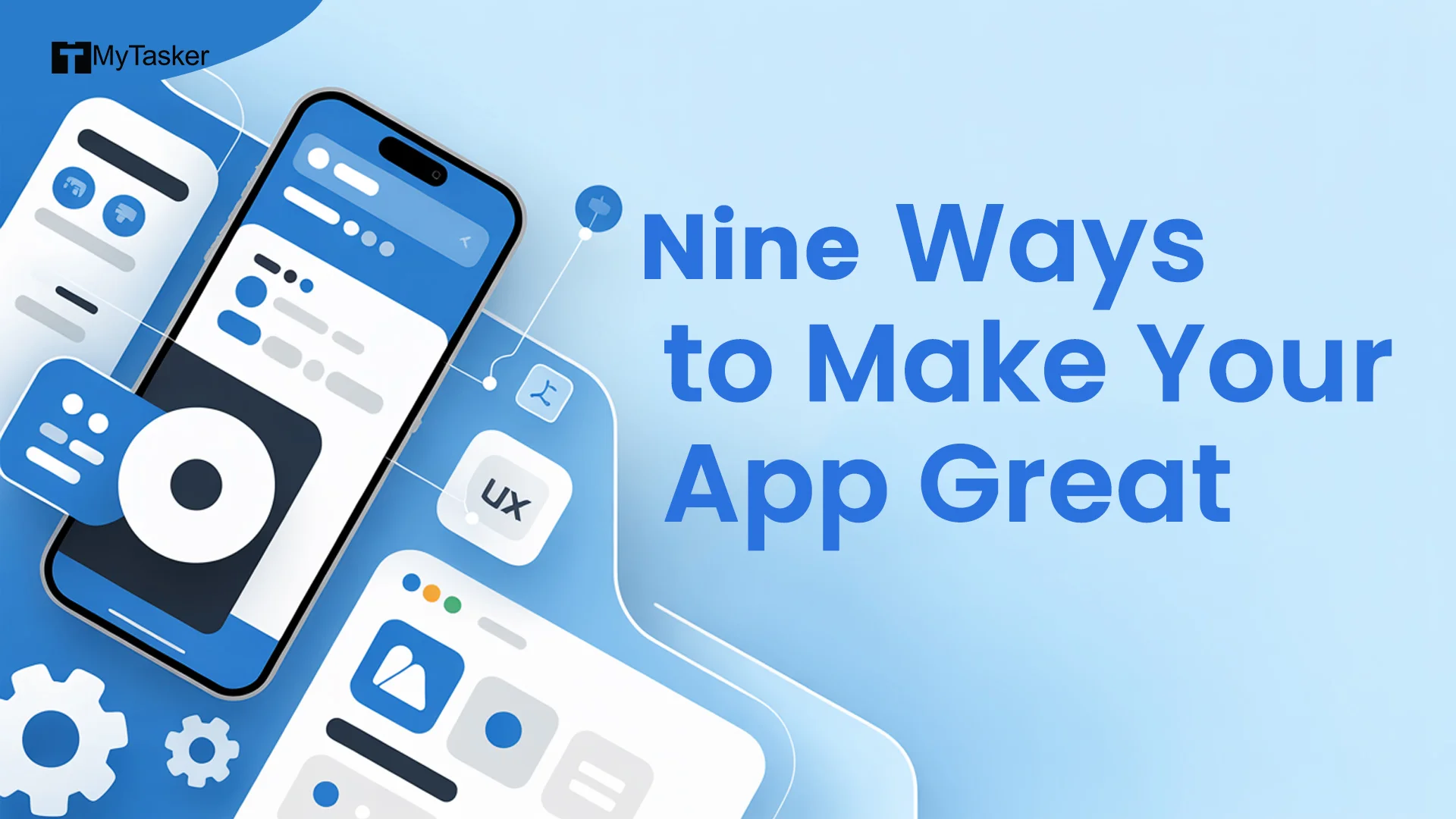A social media marketing strategy is now a must-have for nearly every brand. Measuring and analyzing metrics is a vital part of that strategy. With that being said, there can be tons of social media metrics to track for your business.
Such metrics can give you the inside scoop on how your social channels are performing and how your customers are perceiving your brand. They also show you ways you can improve your social strategy to garner a more loyal following on social media.
Once you set your social media goals and KPIs, social media scheduling tools can help you schedule and publish posts. Then, it is time to analyze the metrics for tracking your progress towards your goals.
However, spending too much time trying to figure out what metrics to track on social media is not feasible.
Making your work easier, this blog post describes the social metrics you need to track and how you can measure those. Let us take a look!
Top 10 social media metrics to track
Here is a full-scale view of the best metrics to track for social media:
- Social media impressions
- Reach
- Social media engagement rate
- Social media conversion rate
- Audience growth rate
- Social share of voice
- Click-through rate
- Cost-per-click
- Customer satisfaction score
- Net promoter score
1. Social media impressions
Impressions are the number of times a social media platform shows your content to users. That can happen any number of times, which means that you can attribute multiple impressions to one user.
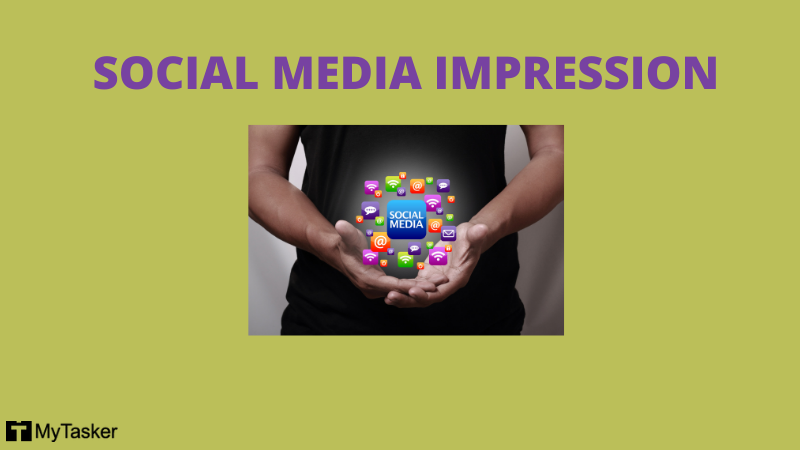
For example, if you have 1,000 followers, and a specific post is shown thrice to each of them, you would have 3,000 impressions.
This metric helps you ascertain whether or not you are able to get your content in front of your audience. It can also tell you whether different types of content on different social platforms are resonating with your audience.
The more impressions your posts get, the greater would be the users’ awareness of your brand.
2. Reach
Apart from how many times users see your content, the number of users who see your content also matters. This metric is called “reach”.
For instance, if you have 1,000 followers and each of them sees your social post thrice, that post’s reach is 1,000, while the impressions are 3,000. To get your post reach percentage, measure the reach of a particular post. Then, divide that reach by the total number of your followers and multiply by 100.
.png)
Taking the above example, if your post’s reach is 500, divide 500 by 1,000 (your total number of followers) and multiply by 100. Thus, the post reach percentage would be 50%.
If you find that your reach is low, you might reconsider your social media strategy to try getting your content in front of new users.
3. Social media engagement rate
Having a large number of followers does not matter if they don’t interact regularly with your content. Therefore, one of the crucial metrics to track for social media success is engagement.

Social media engagement is the total number of likes, comments, shares, saves, dislikes, pins, and other interactions each post receives. The higher your engagement, the more your social media content is resonating with your audience.
Measuring the average engagement rate is easy. For any given post or social media account, measure the total number of engagements during a reporting period. After that, divide the number of engagements by the total number of followers and multiply by 100.
For example, suppose your Instagram posts have received 80 likes, shares, and comments in a month. Divide 80 by your total number of Instagram followers say 1,000, and multiply that by 100.
Your average engagement rate on Instagram would amount to 8%.
4. Audience growth rate
This metric refers to the speed at which the number of your social media followers increases. It gives you an idea of whether the content with which you are targeting potential new followers is working or not.
The first step in measuring your audience growth rate is to choose a reporting period. Next, calculate the number of your new followers during that specific period. Finally, divide your new followers by the total number of followers you have, and multiply by 100.
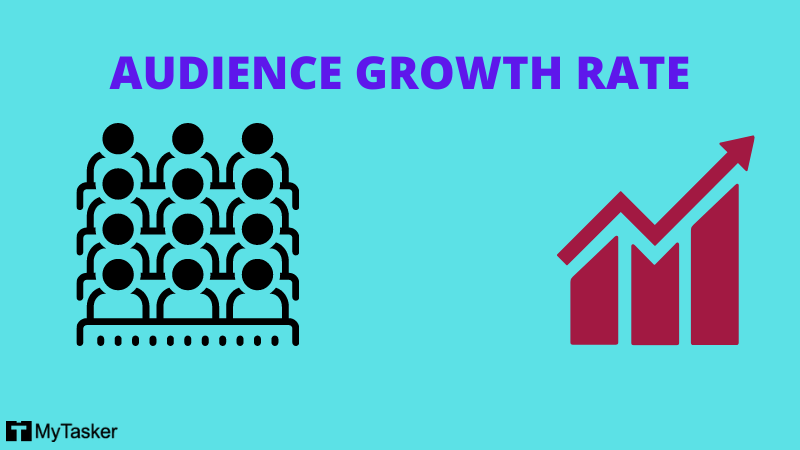
For example, suppose you currently have 1000 followers on Instagram. Over the past 3 months, you have garnered 200 new followers on that platform.
To find out your Instagram audience growth rate over those 3 months, divide 200 by 1000 and multiply by 100. So, your audience growth rate on Instagram for those 3 months is 20%. In other words, your follower count has increased by 20% over the past 3 months.
This will help you track whether your progress is faster than that of your competitors.
5. Social media conversion rate
One of the most popular social media metrics, it indicates the total number of conversions coming from social media. More specifically, it measures the total number of website visitors from social media that take the desired action.
The desired action might involve signing up for your email newsletter, downloading an eBook, or clicking a text ad. This metric helps you understand how effective or relevant each post is, in a campaign.
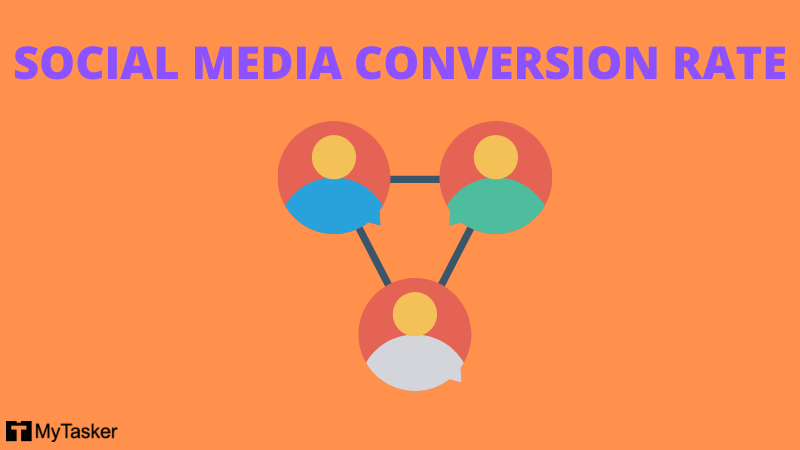
To get your social media conversion rate, first, create a call-to-action (CTA) link in a social media post.
Secondly, measure your total number of social media conversions and your total number of conversions. Then, you need to divide the social media conversions by the total number of conversions and multiply by 100.
For example, if your post records 200 social media conversions and 800 conversions in all, your social media conversion rate is 25%.
6. Social share of voice
How many people are talking about or mentioning your brand on social media, compared to your competitors? Your Social Share of Voice (SSoV) measures this data to determine how visible and relevant your brand is in the market.
People can mention your brand on social media either directly (like “@mytasker”) or indirectly (like “MyTasker”).
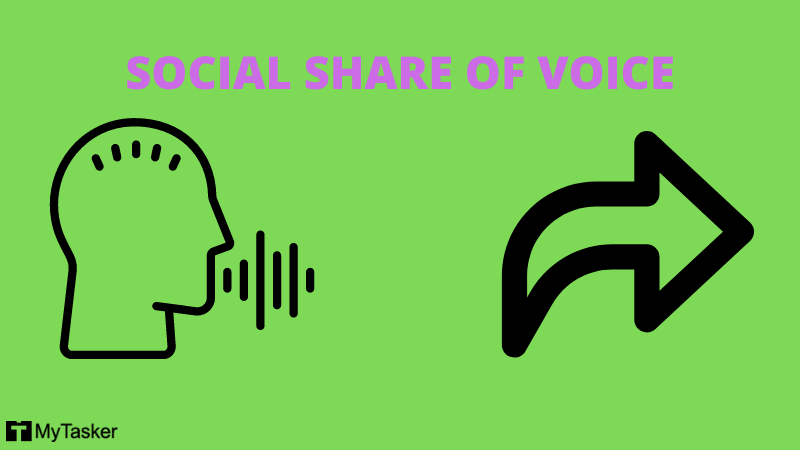
To calculate your SSoV percentage, you have to measure your brand mentions along with those of your competitor.
Start by adding up the number of all mentions your brand receives across all social channels during a reporting period. Find out the number of times your competitors were mentioned during the same reporting period.
Then, divide your brand mentions by the grand total of your mentions and your competitor mentions. Finally, multiply that number by 100.
For example, let us say your brand received 50 direct and indirect mentions on Twitter. The total of all your competitor mentions amounts to 200. To arrive at the grand total of industry mentions, add the 200 competitor mentions to your 50 mentions.
Now divide 50 by 250 and multiply it by 100. You will arrive at an SSoV percentage of 20.
7. Click-through rate (CTR)
It is equally important to measure how often a user clicks a link on your social post to get to your website. This is the click-through rate or CTR.
Tracking CTR will give you an idea of how compelling your social media target audience finds your offer. A high CTR indicates people are interested in your content and want to engage with it.
.png)
To calculate the CTR percentage during a reporting period, measure the total number of clicks on your post’s link. Next, measure the total number of impressions on that post. After that, the number of clicks is divided by the number of impressions and multiplied by 100.
For example, if your post has recorded 1,000 impressions and has been clicked 50 times, it would have a 5% CTR.
8. Cost-per-click (CPC)
You need to measure your CPC if you are investing in social media.
CPC is the amount you pay every time a user clicks on your sponsored social post. It helps you determine whether you should continue your social media investment.
.png)
To track the CPC of a certain banner ad campaign, measure the total money you spent on those ads. Then, measure the total number of times each ad has been clicked on. Finally, divide your total ad spend by the total number of measured clicks and multiply it by 1000.
For example, suppose you have spent $150 on an ad campaign the past month, and the ads clocked 40,000 clicks. So, the CPC of your ad campaign would amount to $3.75.
9. Customer Satisfaction Score (CSAT)
You can measure this metric to determine how happy your customers are with your product or service.
Social media marketers typically ask their customers to rate their satisfaction with the product. The satisfaction is rated either on a sentimental linear scale (like Great, Good, Fair, and Poor) or numerically (such as one to ten).
CSAT gives you useful insights into how your customers feel about your brand. Once you know, you can shape your social media and content strategies accordingly.
.png)
For example, you might create a CSAT survey on Facebook, asking your customers to rate their satisfaction on a scale of one to ten. Add up the sum of all the scores and then divide the sum by the total possible score.
Let us suppose that 14 people have submitted their ratings on Facebook and the sum of the scores is 98. The maximum possible response score for each person is 10, so the total possible score from 14 people would be 140. Divide 98 by 17 and multiply the result by 100. Hence, your CSAT score would be 70%.
Another way to calculate your CSAT score is to divide the sum of the scores by the total number of respondents, and then multiply it by 10.
In the above example, you need to divide 98 by 14 and multiply it by 10. Ultimately, you will get the same CSAT score, that is 70.
10. Net Promoter Score (NPS)
NPS is used to measure customer loyalty. It tells you how likely it is for a customer to recommend your product or service to their friends or colleagues.
.png)
You can ask your customers to answer on a scale of zero (not at all likely) to ten (extremely likely). Their responses will help you categorize them into the following three categories:
- Promoters: score range of 9 to 10
- Passives: score range of 7 to 8
- Detractors: score range of 0 to 6
Measuring NPS can help you predict whether customers are likely to engage with your brand in the future.
To calculate it, set up an NPS survey on social media. Then, determine the difference between promoters and detractors. Once you subtract the number of detractors from the number of promoters, divide the number by the total number of respondents. Finally, multiply the result by 100.
Let us suppose that 20 people have responded to your NPS survey on Facebook. Eleven of those respondents are promoters and two are detractors.
The difference between these two numbers is 9, divide it by 20 and multiply it by 100. Your NPS score would thus be 45, which shows your business has more happy customers than unhappy ones.
Summary: Analyze metrics to track social media performance
Now that you know which social media metrics to track for your business, you can set clear goals and KPIs. Highlighting and analyzing these metrics will allow you to tell a valuable story to your organization - the story of how your brand is performing on social media.
In case you are too busy or you don’t know where to start, get in touch with the Social Media Marketing experts at MyTasker. Digging deeper, they can help you identify your social media KPIs and track your progress by analyzing the right social media marketing metrics. This would go a long way in ensuring your business growth over time.



